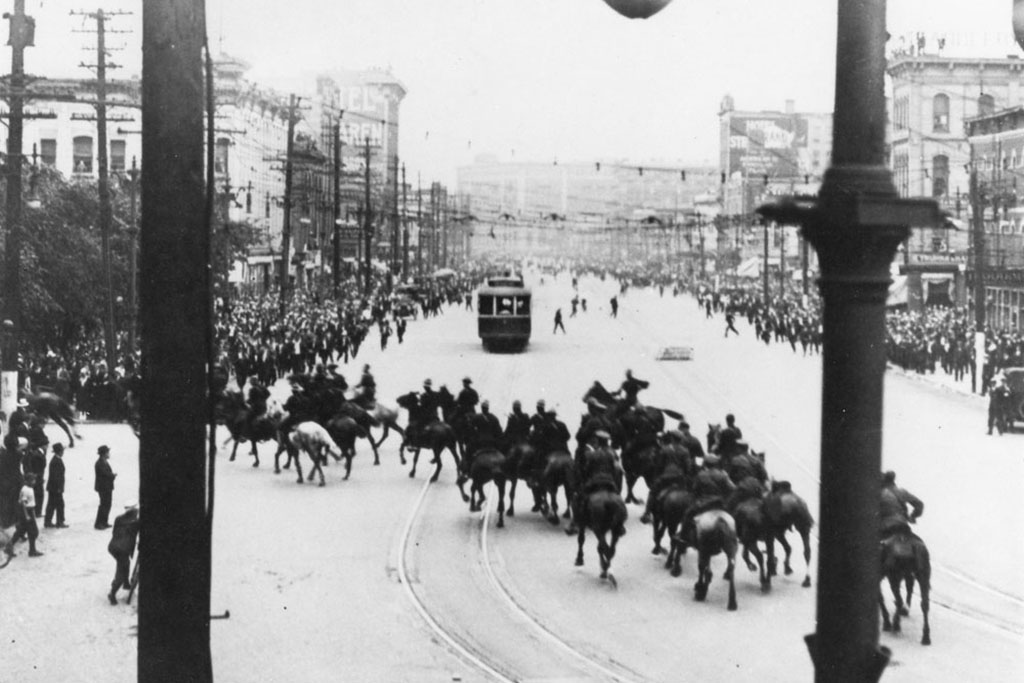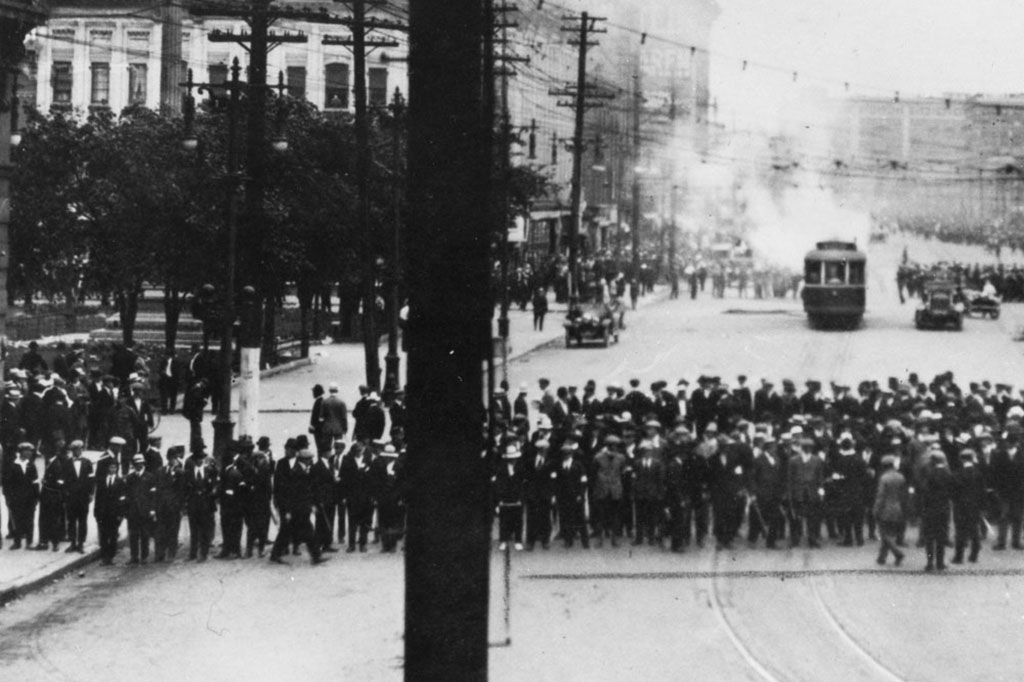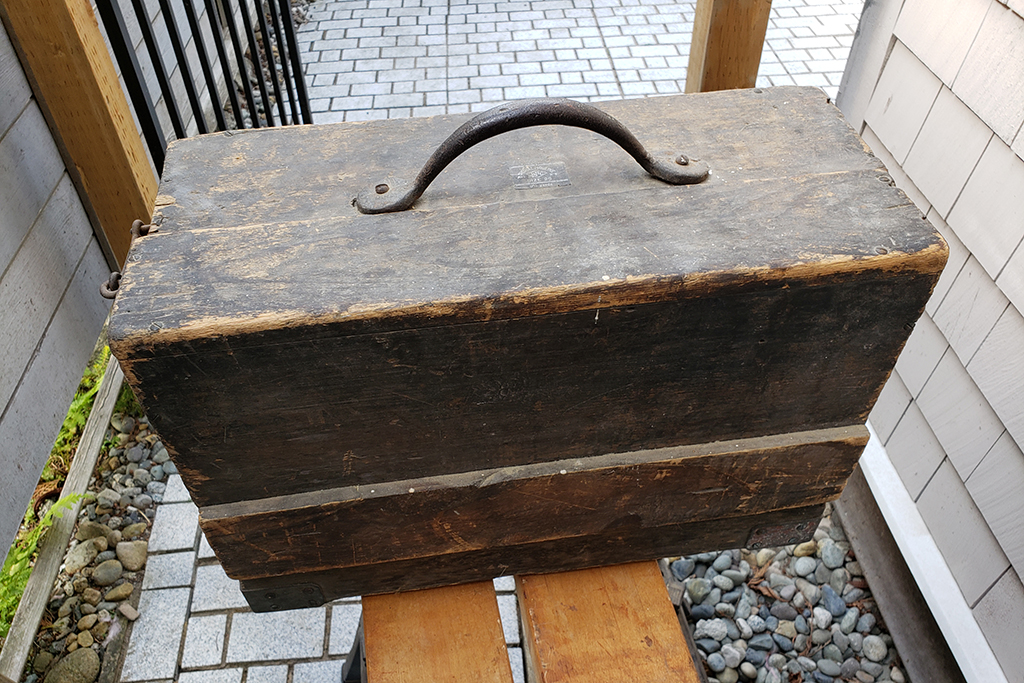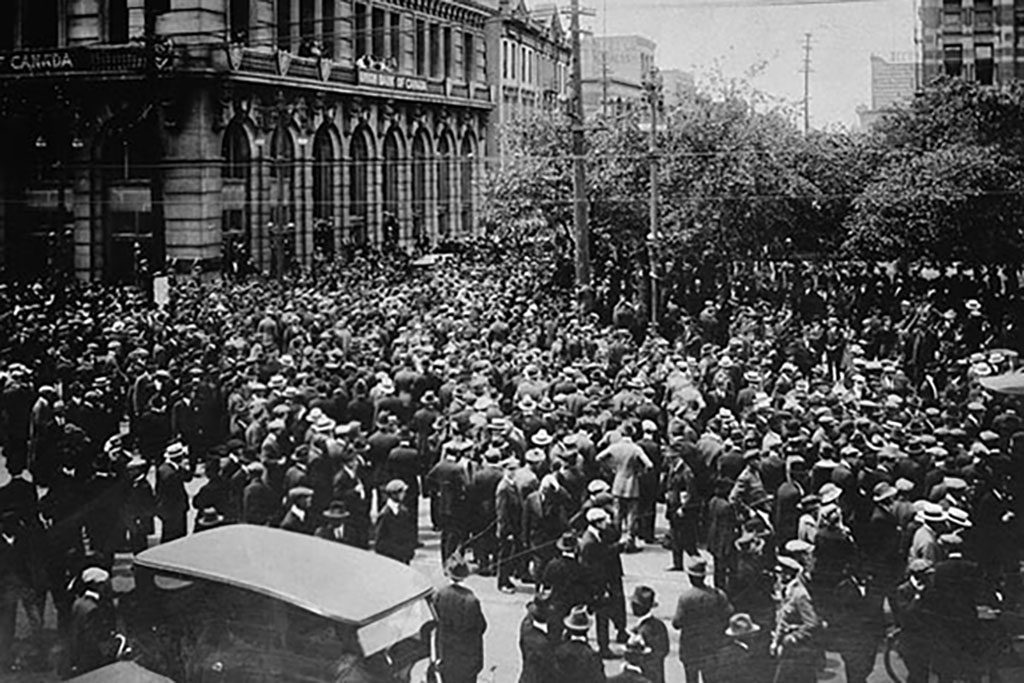This story is the first in a two-part retrospective series on the Winnipeg General Strike of 1919. In this installment, we look back at what unfolded over a six-week span which built to the climax of ‘Bloody Saturday’ on June 21.
For six weeks in 1919, all eyes in North America were on Winnipeg, Man.
Although Winnipeggers and their fellow Canadians were relieved the enemy had been defeated and the war in Europe was finally over, many worried the country might be still in existential danger.
It all began when the city’s building trades and metal trades failed to get contracts with employers and went on strike in early May.
The Winnipeg Trades and Labour Council, the umbrella body for the city’s unions, asked their members to vote yes/no on a general strike.
The result of the vote was overwhelming support and a strike committee was established.
On May 15, workers began to walk off their jobs in a sympathy strike.
The first to go were the telephone operators, the so-called “Hello Girls.”
They were followed by streetcar operators, post office employees, restaurant workers and elevator operators.
There was no mail, streetcars, taxis, telegrams, telephones, barbers, freight or baggage service.
For a time there were no newspapers, gasoline, bread or milk and very little meat.
Basic services, such as water supply and firefighting, were tenuous.
A total of 25,000-30,000 union and non-union workers, in private and public sectors, walked off their jobs. (Winnipeg’s population was about 175,000 at the time.)
At the start of the Winnipeg General Strike (WGS), all was sweetness and light, the strikers relaxed and optimistic, explain experts.
They gathered in parks to listen to speakers report on the strike’s progress and discuss social reform matters.
Women leaders, such as Helen Armstrong, one of two females on the Strike Committee, encouraged young working women to join the strike and often spoke on street corners and at public meetings.
The Women’s Labour League raised money to help women workers pay rent. They also set up a kitchen near Portage and Main where hundreds of meals were served every day to strikers.
The WGS didn’t remain calm and peaceful for long, however.
As the strike wore on, many people in business and government worried that it was more than just a labour dispute.
Were Bolshevik revolutionaries planning to take over Winnipeg, as they had seized power in Russia in 1917 and, briefly, in Hungary, and were attempting to do the same in Germany?
From their headquarters in the Board of Trade building, the opposition to WGS, led by a group of local businessmen and professionals who called themselves the Citizens’ Committee of One Thousand, encouraged employers to resist the strikers’ demands.
They also tried to stir up resentment of “alien” immigrants to Winnipeg from Europe, who, they said, were the strike’s instigators and leaders.
The Citizens Committee also published a newspaper which claimed that WGS was really a revolution to overthrow the current industrial and governmental system.
Push-back to the Citizens’ Committee came from thousands of “returned soldiers” – demobilized veterans – who, as they had been trained to do, marched in the streets.
In response, Winnipeg’s mayor announced a ban on public demonstrations on June 5.
On June 9 the city fired most of the police force for refusing to sign a pledge to neither belong to a union nor participate in a sympathy strike.
With the help of the Citizens’ Committee, the police were replaced by untrained “special constables” who patrolled the streets with clubs.
A mid-June attempt at a settlement was derailed by a series of arrests of strike leaders on charges of seditious conspiracy.
The climax of the strike came on June 21, “Bloody Saturday.”
To protest the arrest of the strike leaders, the veterans had announced a “silent parade” demonstration near city hall. Crowds assembled in the thousands in nearby streets.
When the soldiers refused to call off their demonstration, the mayor asked for help from the Mounties, who rode into the crowds on horseback, wielding clubs.
A streetcar operated by a strikebreaker was stopped, tipped over and set on fire.
After the mayor read the Riot Act, the Mounties charged again, this time firing their revolvers. There were numerous casualties, including two men killed.
The crowds were chased onto side streets, and some 80 people were arrested by the “specials” and military patrols that took over downtown.
On June 25, the Strike Committee announced the end of the strike for the next day.
After six weeks, workers drifted back to their jobs. Many were blacklisted or punished in some way for striking.
Although labour lost the battle, it won the war – eventually.
New industrial unions were formed in the 1930s.
The Great Depression led to a long period of labour militancy across Canada, and union membership increased substantially. By the end of the 1940s, a formal industrial relations regime was established in Canadian law that provided some security for unions.

1/3
WIKIMEDIA COMMONS
2/3
WIKIMEDIA COMMONS











Recent Comments
comments for this post are closed